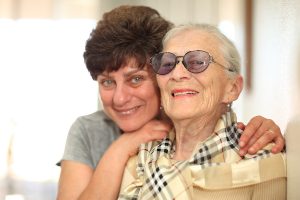Guest Blog: Four Ways to Make Travel Easier for Seniors
Traveling is stressful for everyone, but traveling as a senior citizen comes with its own unique challenges. In order to make your next trip as easy and enjoyable as possible, be sure to keep these four easy tips in mind.
1. Prepare for Security Checkpoints
If you have to go through a TSA checkpoint before your trip, make sure you plan for it ahead of time.
TSA agents typically try to make things as easy and efficient as possible for seniors, especially those who are in wheelchairs or have other mobility limitations.
To help them do their job properly, make sure you let the agent know about any medical conditions — like pacemakers or implants — that might set off alarms. You should also try to get a physician’s statement verifying your implant to avoid delays.
2. Invest in Quality Pillows
Hotel pillows are often not as comfortable as the ones you have at home. Either bring one with your or invest in a quality pillow before you go to make sure you sleep comfortably at night.
You’ll also want to invest in a neck and back pillow for car and plane rides. This way, you won’t have to deal with any pain on your way to your destination.
3. Pack Light
Try to fit everything you need in a roll-aboard suitcase and a medium-sized carry on bag. Don’t bring more than you can carry — otherwise, you’ll be setting yourself up for a lot of discomfort.
If possible, bring both your bags on the plane and stash one in the overhead rack. This will make things easier when you land since you won’t have to hang around the baggage claim area.
4. Manage Your Medication
Make sure your medications are safe and accessible throughout your trip. Store them in a zip-lock bag and keep that bag in your carry-on. Keep copies of your prescriptions and physician statements in the bag as well.
When you get to your destination, you may want to ask for reminders from the hotel or cruise staff to help you take your medication at the same time each day. You can also set an alarm on your watch or cell phone so you stay on top of everything.
Traveling as a senior doesn’t have to be stressful. Keep these tips in mind to stay safe and comfortable throughout your trip.





